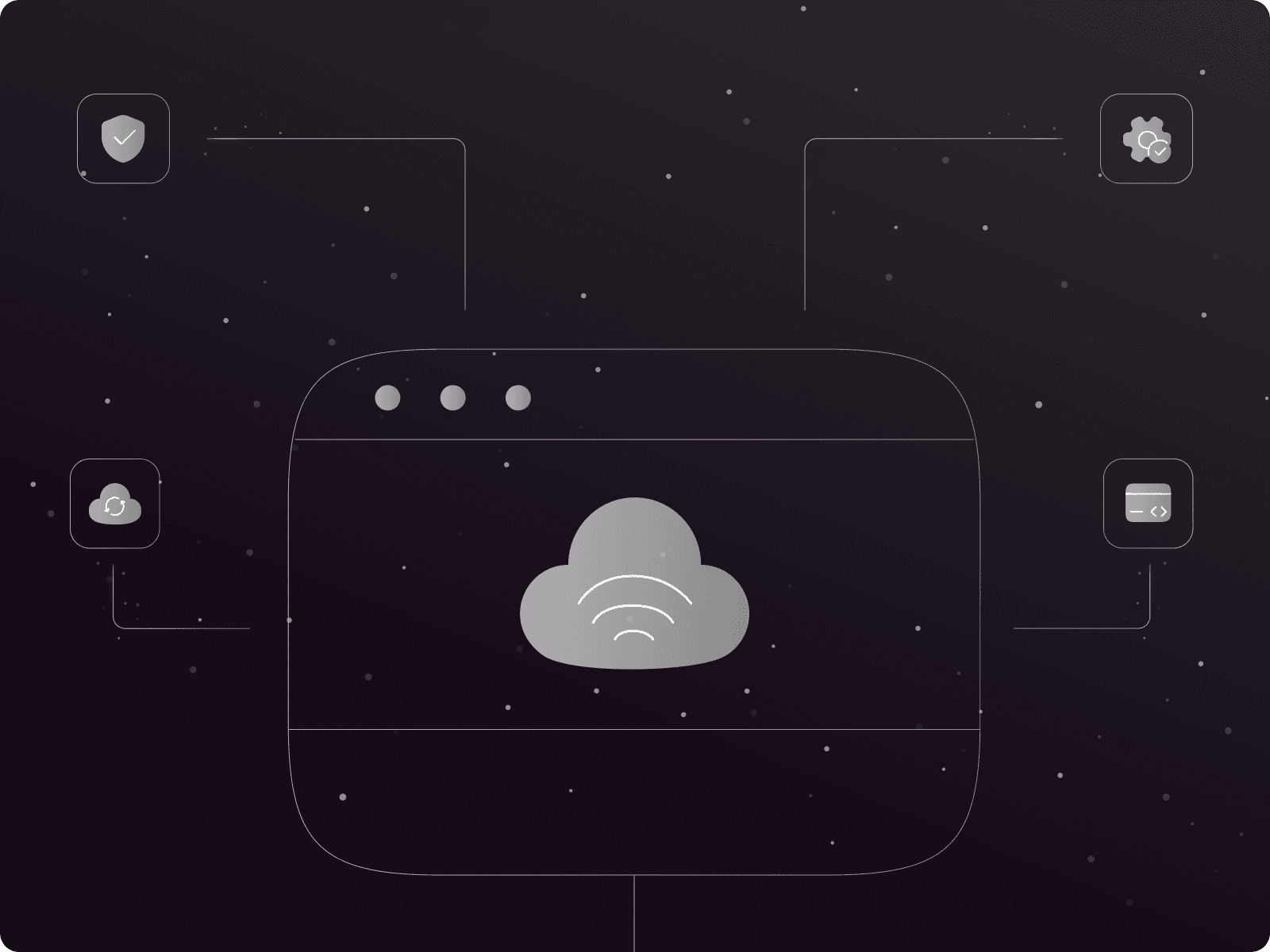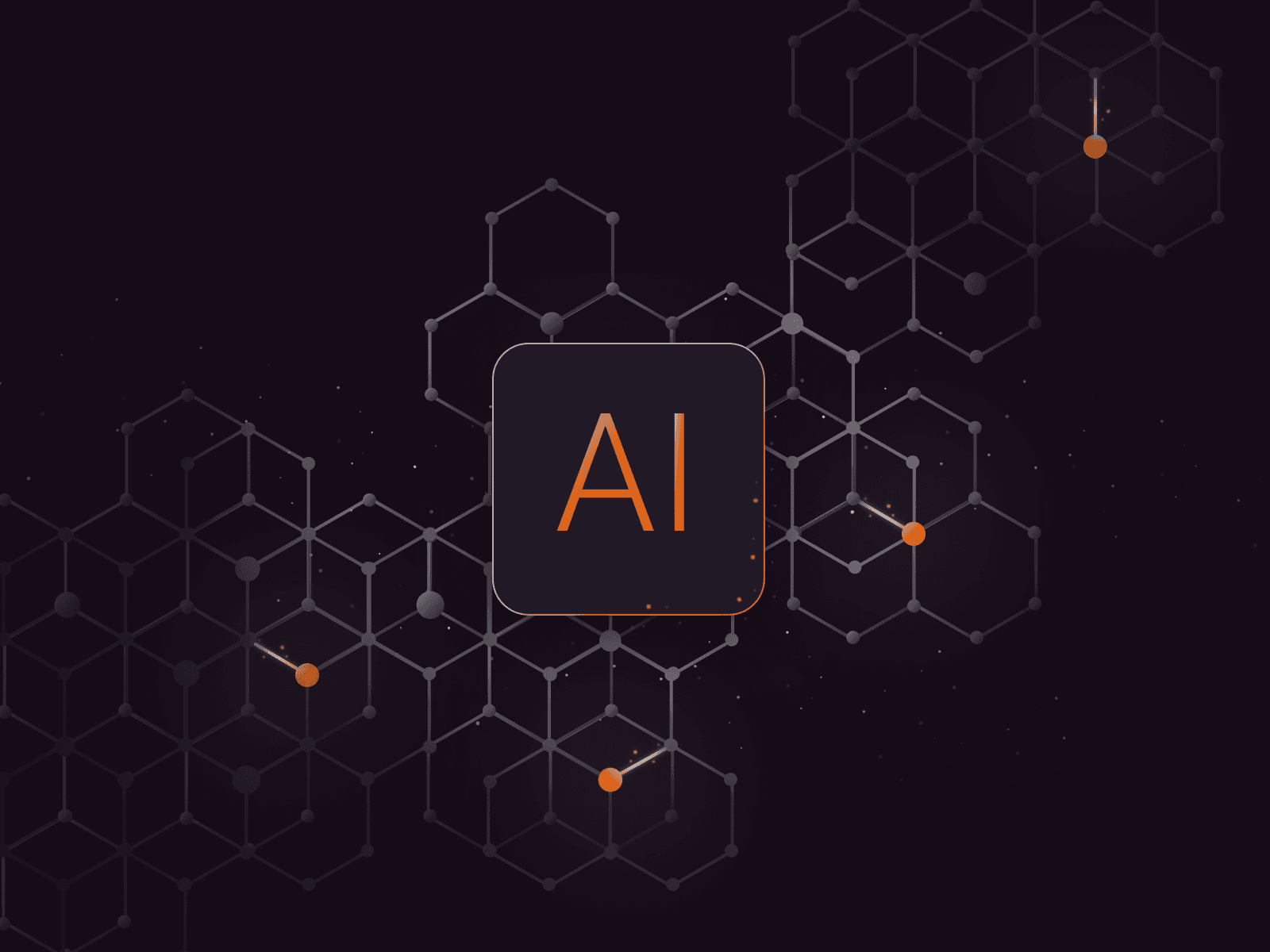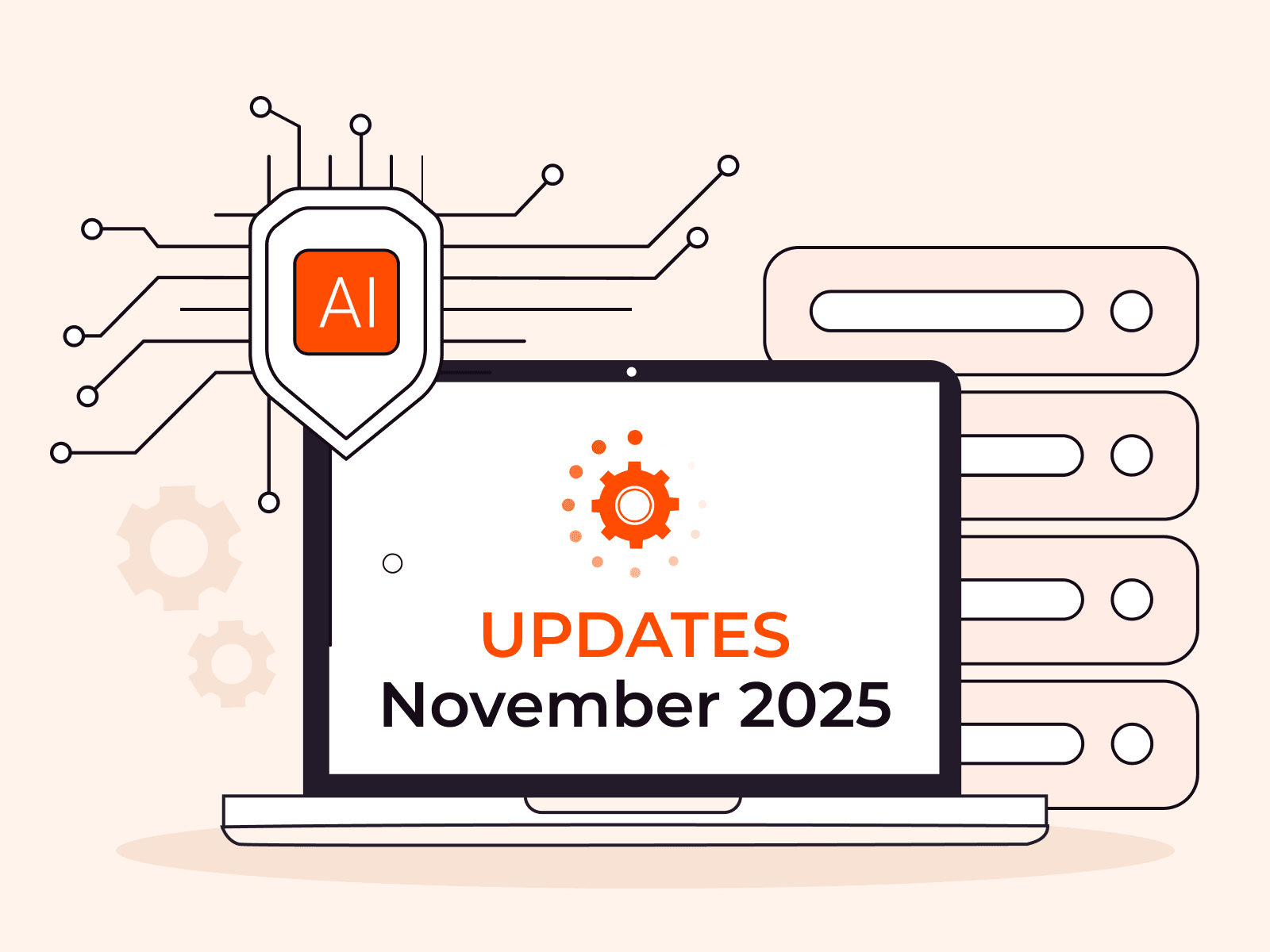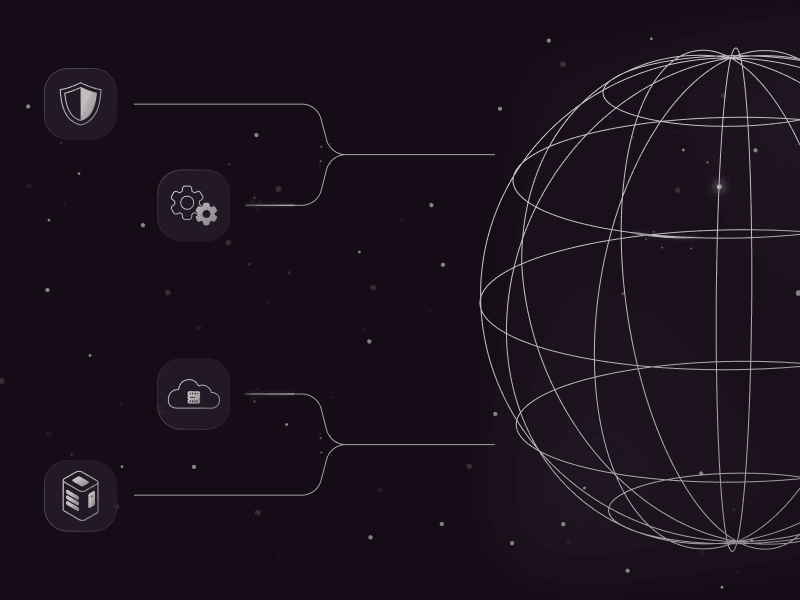How to reliably back up server data
- August 19, 2019
- 1 min read

Our hosting now has another useful feature which is a backup solution from Acronis, a leading international developer of data protection technologies for hybrid environments.
3 advantages of Acronis Backup
1. Efficient storage
Long-term and cost-effective storage for your data backups.
2. Data security
Protection of your data from unauthorized access during storage and transmission using the SSAE-16 encryption standard.
3. Convenient control
Control of backing up of any machine from a centralized web console.

- Acronis Data Cloud web console
Possibilities for your projects
Uninterrupted operation. Get guaranteed access to your business’s most important data.
Ease of scaling. Deploy and scale your infrastructure with an easy-to-use web console.
Remote recovery. Reduce the available system recovery time with access to a bootable device and the ability to remotely recover source servers.
Uniform price. Use a complex solution to protect all your IT infrastructure data with a uniform price.
Learn more about pricing plans and connect Acronis Backup on the service webpage.
Related articles
Subscribe to our newsletter
Get the latest industry trends, exclusive insights, and Gcore updates delivered straight to your inbox.






